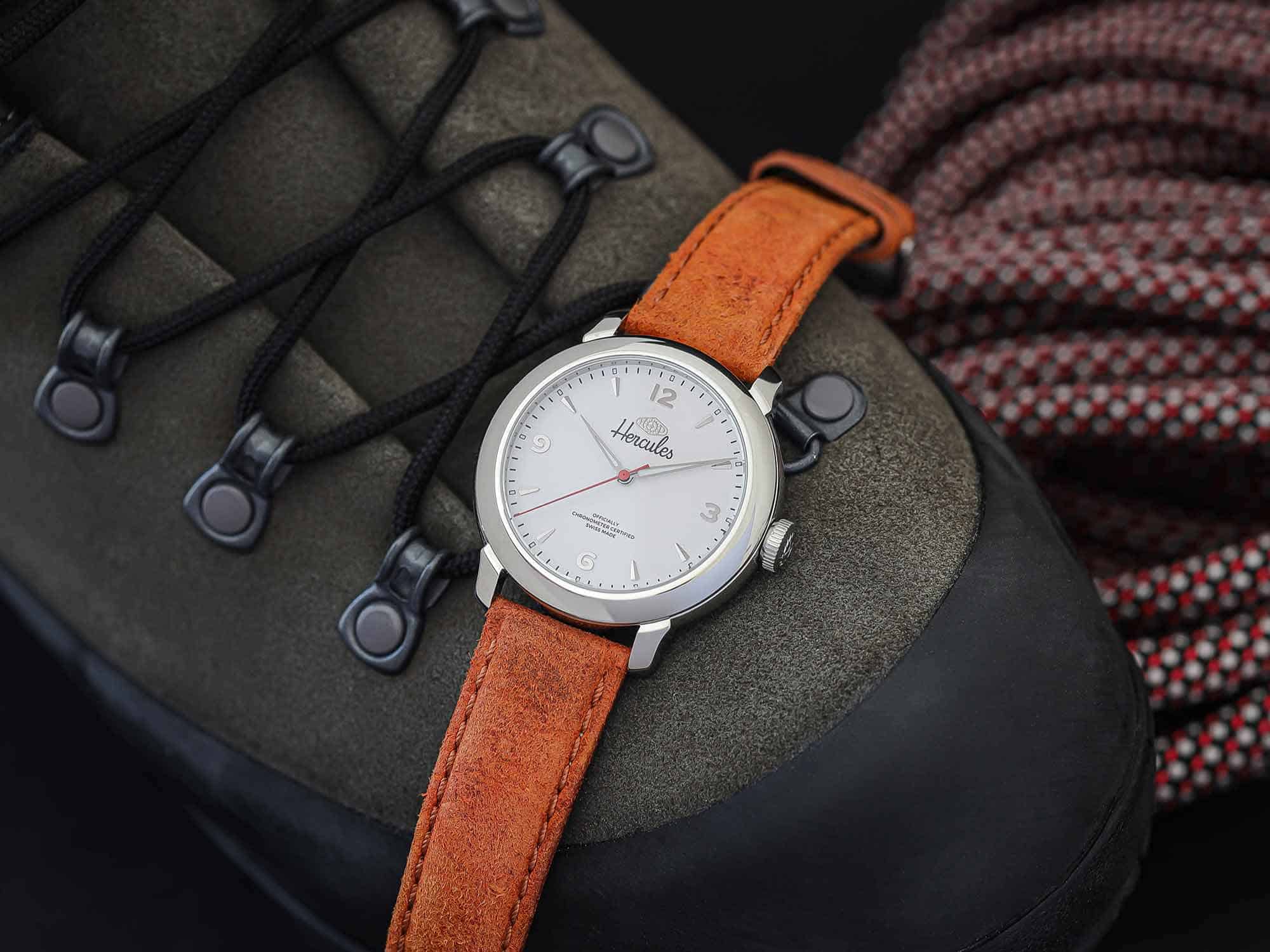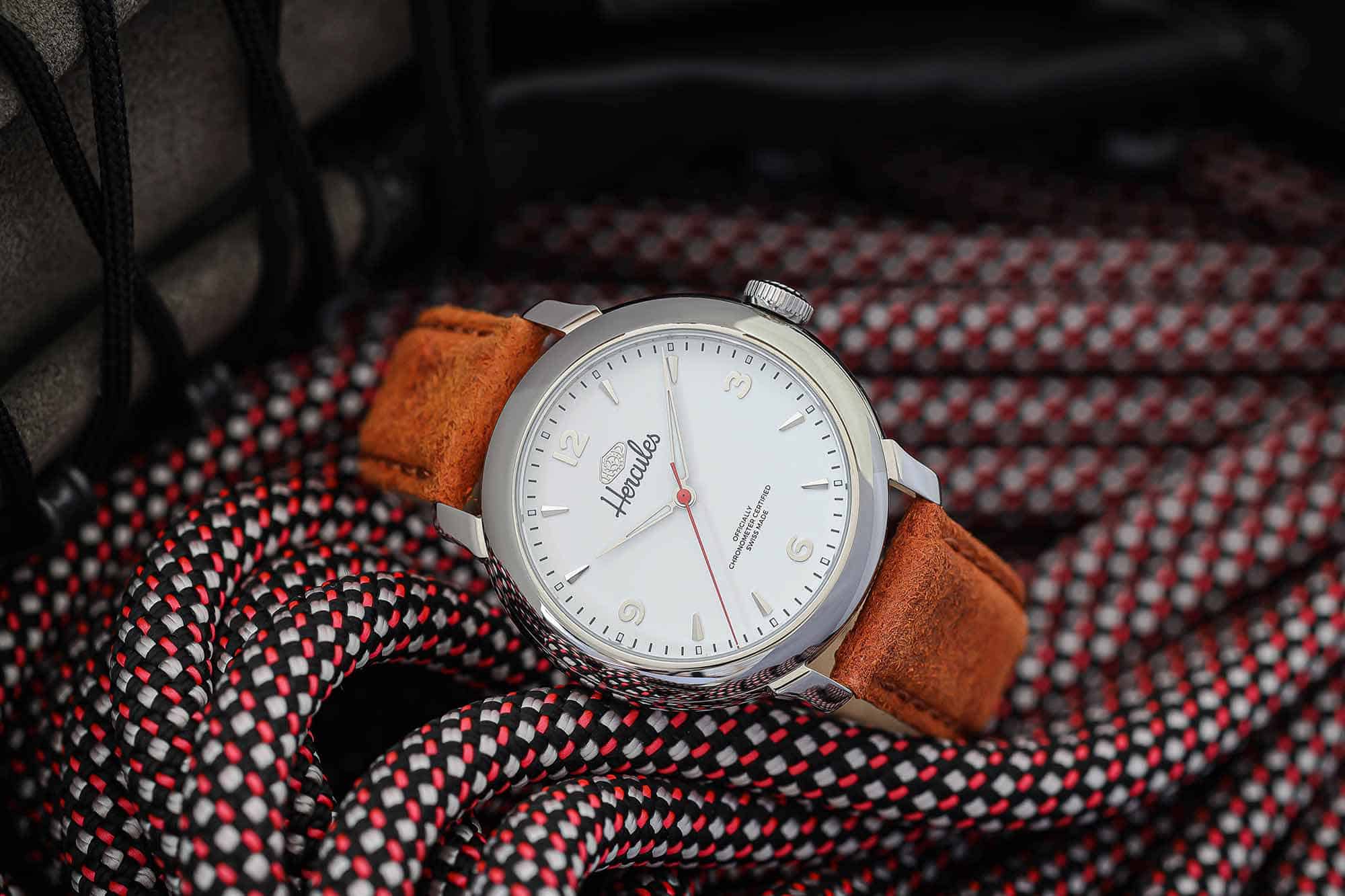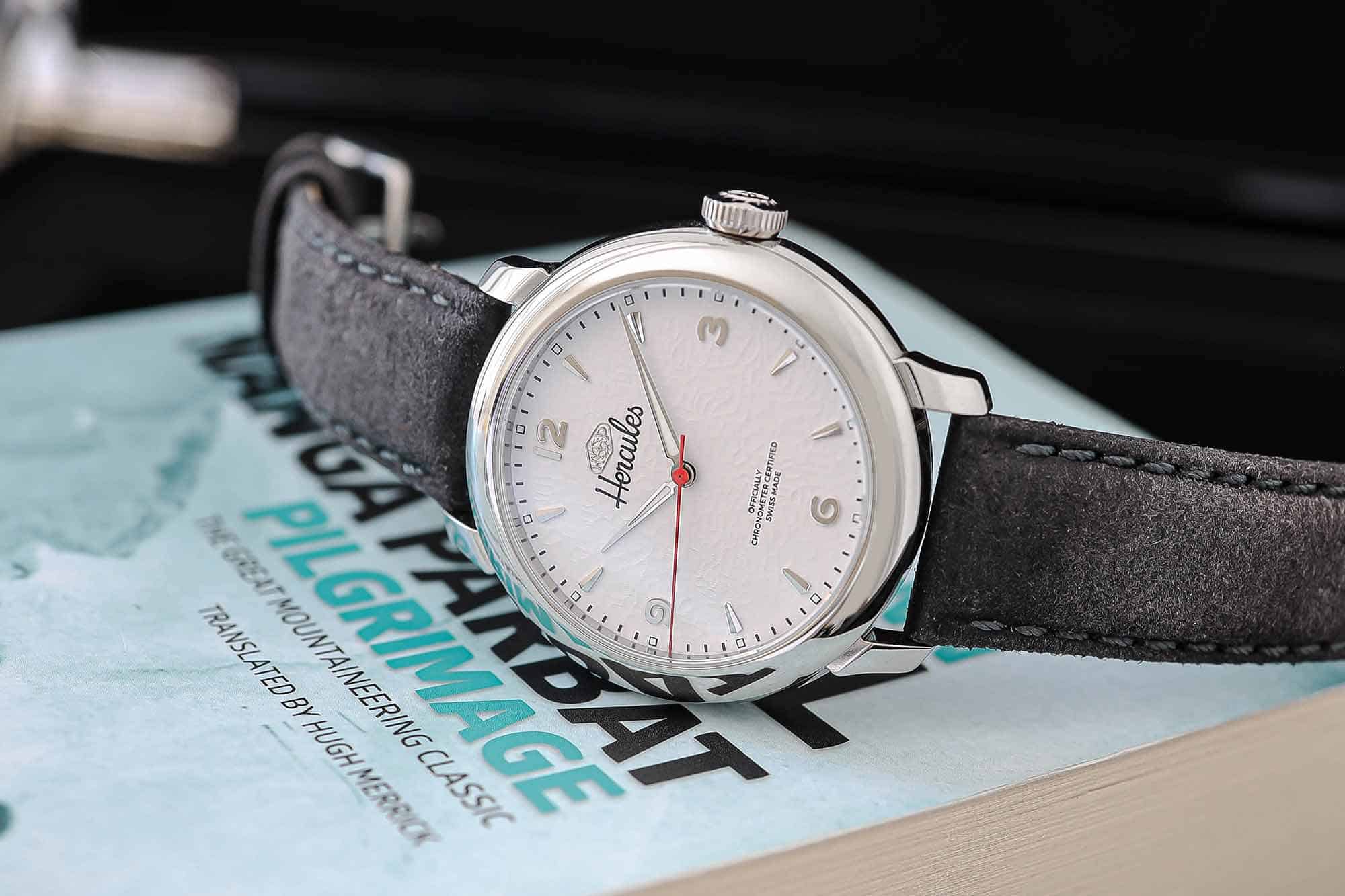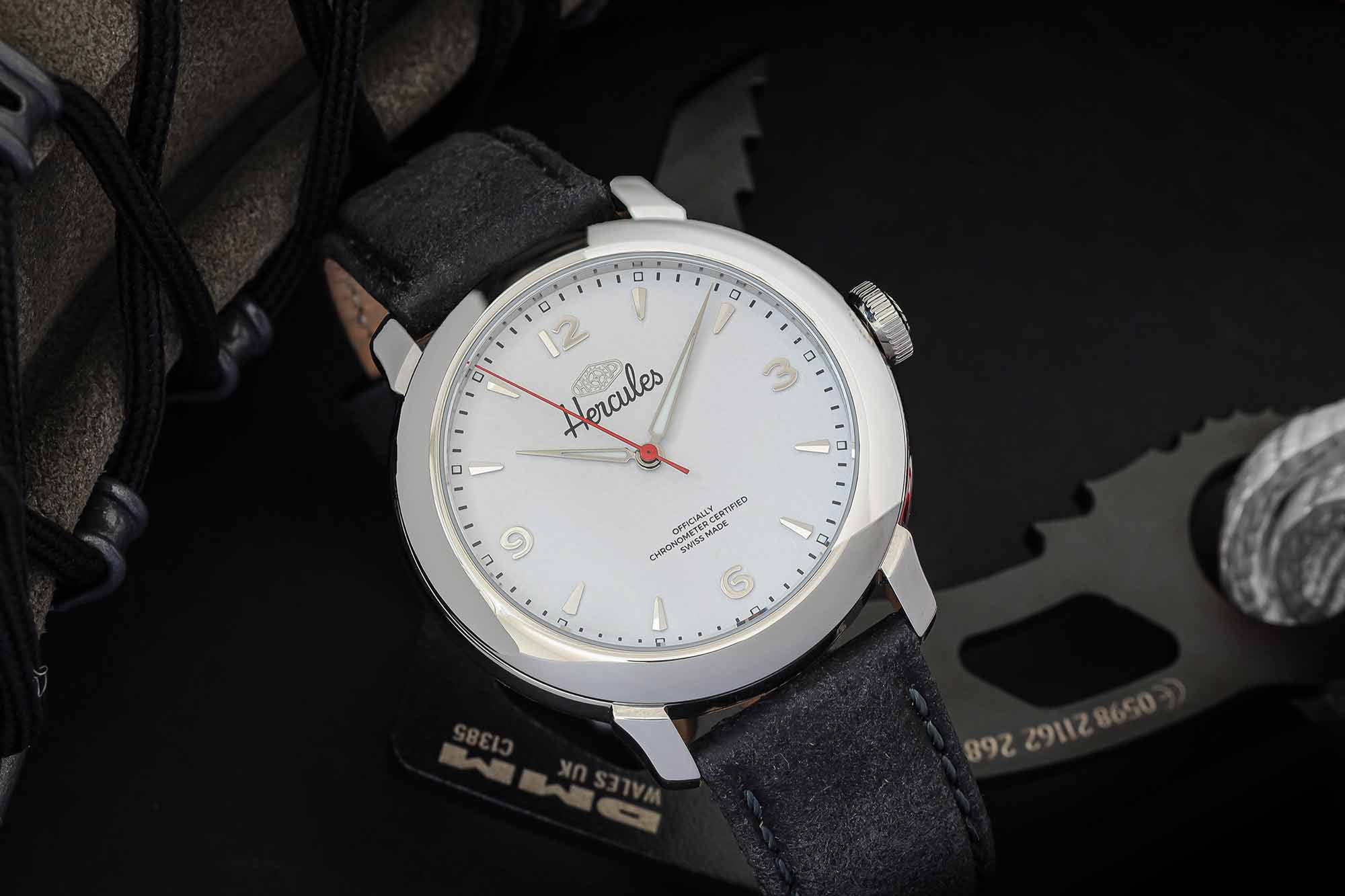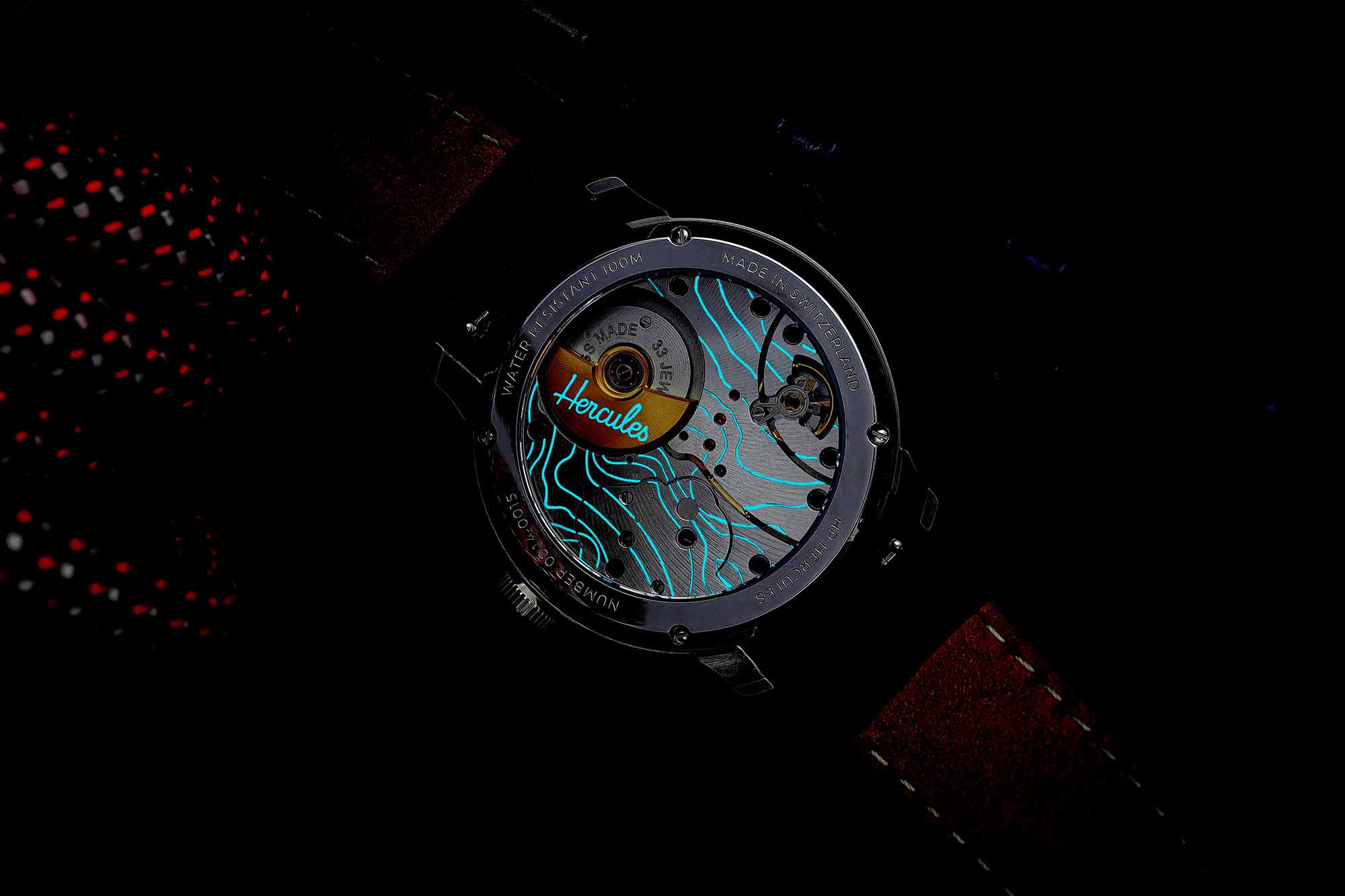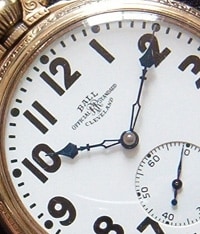I will admit something before we get started talking about these new watches from Hercules: I was a bit skeptical when I discovered their tagline is “Luxury Alpinism.” I’m sorry, but this feels like marketing talk dreamt up by an A.I. that has had every Patagonia catalog ever created downloaded into it. Alpine climbing, a sport where participants regularly die, is far from luxurious, at least as I understand it. I don’t know, I just think things like sleeping in a real bed and not being uncomfortably freezing most of the time are prerequisites for a luxury experience. Oh yeah, and not dying. So I admit that my eyes might have rolled all the way back in my head when I opened up the Hercules press release, and I was prepared to dismiss them, but then I saw the watch and was actually quite charmed by it. I don’t know that it makes their motto any more sensible, but it’s an undeniably handsome and cool sports watch.
Hercules, a Brand with Mountaineering Heritage, is Back with a New Watch and a Cool Movement
The Hercules brand has its roots in 1946 when watchmaker Robert Pfaff and his partner Robert Henzi founded the company in Stein, Germany. The company gained some notoriety in the early 50s following a successful marketing campaign that saw them equip a German-Austrian mountaineering group with Hercules watches. This particular expedition was to the summit of Nanga Parbat in the Himalayas, a peak that had never been conquered until Hermann Buhl, a member of the expedition credited with being the first to summit, reached the peak with a Hercules watch on his wrist. The successful expedition and the exploits of Buhl specifically led to further marketing campaigns built around alpine climbs.
Like so many other brands, Hercules folded in the decades to follow as the watch market changed considerably, but they’re back today with a new watch that is modeled after those worn on that first expedition. It’s a simple Explorer style watch, and I’ll admit I’m a sucker for simple legible designs like this. The dial has Arabic numerals at the cardinal positions and faceted hour markers elsewhere, with long dauphine hands pulled straight from the 1950s. The case is 40mm and just 9.4mm thick (more on why in a moment) and the lugs are kinked inward just slightly, giving the watch an additional heir of refinement. Two dial options are available: one a simple white (the HP1), and other in “snow” (the HP2) which is white but with some texture to give it the appearance of some weather happening on the surface. No points for originality here, obviously, but it’s nice looking.
What makes this watch kind of special in my estimation is the movement. It’s a micro-rotor caliber (hence the thinness) that Hercules says was made specifically for them. They’re not entirely clear on who made it, but micro-rotor calibers have become gradually more available over the last several years and it’s a trend we’re happy to see continue. The movement is COSC certified and boasts impressive specs, including a power reserve of 70 hours.
I imagine part of that custom work they’re referring to is the movement decoration, which is quite unique and visually very attractive. The bridges have been decorated with engravings of the height lines of Nanga Parbat (as you’d see on a map), and those engravings as well as the logo on the rotor have been given a SuperLuminova treatment. I’m a big fan of this type of decoration. It serves absolutely no purpose, and exists just to look great. I think there might be a definition of “luxury” buried in there somewhere. My eyes have rolled back to the forward facing position.
The retail price for the HP1 is $5,995, and the HP2 has an asking price of $6,495, but both are currently available at pre-order prices for considerably less. Hercules









 Featured Videos
Featured Videos




